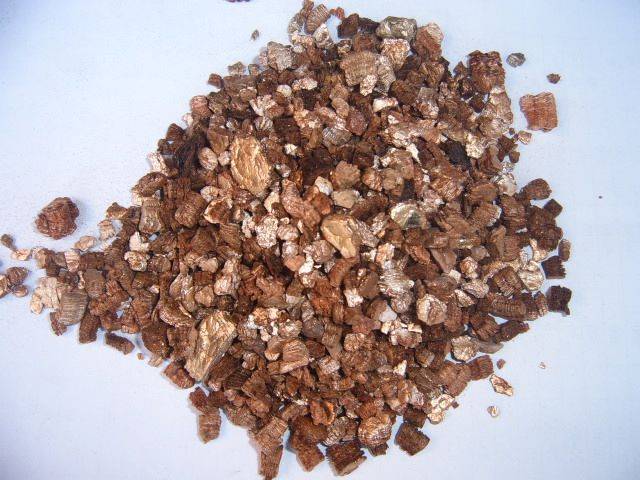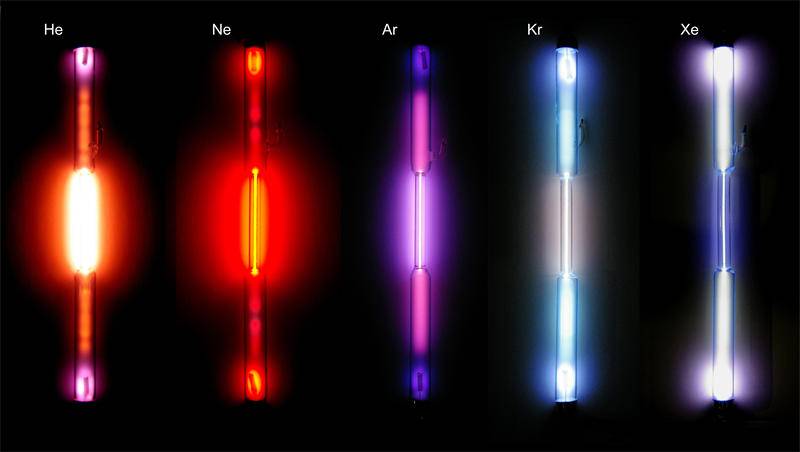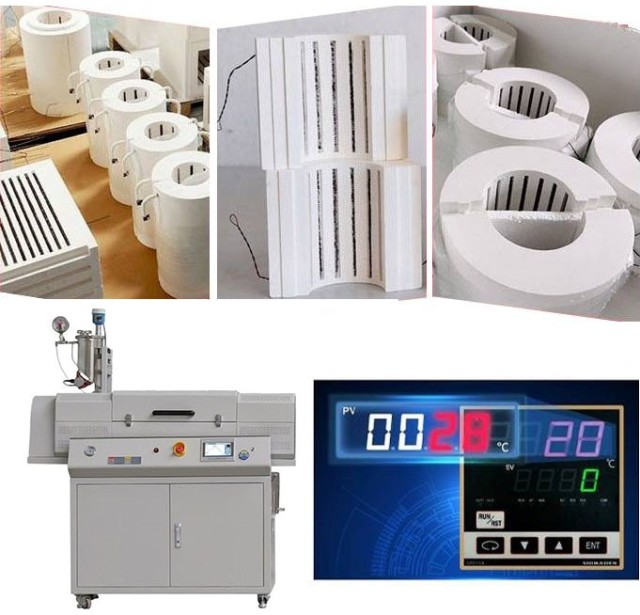Understanding Rotary Tube Furnaces
Rotary tube furnaces serve as continuous thermal systems, designed with a rotating tube, heat source, and multiple thermal control zones. This article delves into the fundamental concept of these furnaces, exploring their operation and applications.
Basic Operation
Rotary tube furnaces operate as continuous thermal systems, applying heat to the incoming material through multiple thermal control zones. The heat is typically transferred from a heat source to the rotating tube, which contains the material being processed. This design allows for efficient heat transfer and uniform processing of the sample.
Applications
Rotary tube furnaces find extensive use across various industries due to their versatility and efficiency. Some notable applications include:
-
Material Production: These furnaces are capable of producing a wide range of materials, including alumina, vermiculite, iron ore pellets, and cement clinker. The continuous processing capability makes them suitable for large-scale production operations.

-
Oxidation: Rotary tube furnaces can facilitate oxidation processes by introducing oxygen to the sample, leading to the loss of electrons. This is useful in various chemical and materials processing applications.
-
Calcination: Calcination, the process of inducing phase changes in materials through heating, can also be achieved using rotary tube furnaces. This makes them valuable tools in research and production settings.
Efficiency and Cost-Effectiveness
One of the key advantages of rotary tube furnaces is their high thermal efficiency and low operating costs. Compared to other types of equipment, they offer efficient heat transfer and mass transfer for powders. This efficiency translates to reduced energy consumption and enhanced productivity, making them a preferred choice in many industries.
Industry Applications
Rotary tube furnaces cater to diverse industry needs, offering customized solutions for specific applications. Manufacturers like KinTek specialize in designing and manufacturing rotary tube furnaces tailored to the requirements of different industries. Whether it's materials production, chemical processing, or research applications, these furnaces provide reliable and efficient thermal processing solutions.
In summary, rotary tube furnaces play a crucial role in various industrial processes, offering continuous thermal processing capabilities, versatility, and cost-effectiveness. Understanding their operation and applications is essential for optimizing their use in different settings.
Key Features and Functionality
Rotary tube furnaces are pivotal in advanced materials processing, employing a continuous thermal system to apply heat efficiently to process materials. These furnaces feature multiple thermal control zones, where the heat source, either gas or electric, is applied. The heat is then transferred from the source to a rotating tube containing the materials and process atmospheres, ultimately transferring to the material bed.
Continuous Batch Processing Capability
Rotary tube furnaces offer a unique advantage with their continuous movement of the sample through the work tube. This continuous passage ensures that the entire surface area of the material is exposed to the atmosphere during processing. Consequently, this enhances gas diffusion, reduces gas consumption, and boosts the efficiency of the heat treatment process.
Improved Product Homogeneity
The consistent movement of material through the furnace, which maintains a uniform temperature profile, significantly enhances product homogeneity. This feature is particularly advantageous in applications requiring consistent material properties, such as the production of high-quality ceramics and other advanced materials.
Process Time Adjustability
The time required for material to pass through a rotary tube furnace is highly adjustable. In furnaces like the TSR continuous rotary tube furnace, material flow rate can be controlled by both the rotation speed of the work tube and the angle of tube inclination. Additionally, the absence of waiting time for heating up and cooling down, characteristic of batch processes, further reduces process time.
Versatile Atmospheres
Rotary tube furnaces offer versatility in the atmospheres achievable within the work tube or vessel. These include air, inert gases such as nitrogen or argon, reactive gases like hydrogen (with appropriate safety measures), and the possibility of steam injection.

Considerations for Application Suitability
When evaluating the suitability of a rotary tube furnace for a specific process, several factors must be considered:
- Temperature Control: Furnaces like those offered by KinTek can achieve maximum working temperatures of up to 1700 degrees Celsius.
- Workspace Size: Assessing the available workspace within the furnace is crucial to accommodate the intended materials and process requirements.
- Dwell Time: Determining the required duration for materials to dwell within the furnace influences process efficiency and product quality.
- Tube Rotation Speed and Tilt Angle: These parameters affect material movement and exposure within the furnace, impacting processing efficiency.
- Temperature Profile: Maintaining a consistent temperature profile throughout the furnace ensures uniform material treatment.
- Atmosphere Flow Rate: Controlling the flow rate of gases within the furnace is essential for achieving desired processing conditions.
- Powder Bed Depth and Feed Rate: These parameters are critical for powder processing applications, influencing material handling and processing efficiency.
Tube Selection Considerations
When selecting tubes for rotary tube furnaces, factors such as material compatibility, thermal conductivity, and durability must be considered to ensure optimal furnace performance and longevity.
Rotary tube furnaces offer a versatile and efficient solution for various advanced materials processing applications, providing precise control over temperature, atmosphere, and material movement to meet diverse process requirements.
Advantages and Considerations
Rotary tube furnaces are indispensable tools in the realm of advanced materials processing, offering a myriad of benefits over alternative furnace types. Understanding their basic technique and advantages is crucial for researchers and manufacturers alike.

Basic Technique of Rotary Furnaces
Rotary furnaces operate as continuous thermal systems, utilizing indirect heat to process materials efficiently. The fundamental technique involves the application of heat to the incoming process material through multiple thermal control zones. This heat can be generated via gas or electric heating mechanisms. The process material is contained within a rotating tube, facilitating uniform heat distribution and exposure to process atmospheres. Ultimately, heat transfers from the tube wall to the material bed, enabling thorough processing.
Advantages of Rotary Tube Furnaces
1. Versatility
Rotary tube furnaces excel in versatility, accommodating a broad spectrum of applications including thermal processing, material synthesis, and sample preparation. This adaptability renders them indispensable tools for researchers and manufacturers across diverse industries.
2. Efficiency
The continuous movement of the sample within rotary tube furnaces ensures uniform exposure to the processing atmosphere, enhancing gas diffusion while minimizing gas consumption. This results in heightened heat treatment efficiency compared to static processes. Notably, the TSR rotary tube furnace maintains a consistent temperature profile as materials traverse through the furnace, promoting product homogeneity.
3. Ease of Use
With straightforward controls and user-friendly interfaces, rotary tube furnaces are renowned for their ease of operation. This accessibility is particularly advantageous for novice users and individuals requiring frequent adjustments to processing conditions.
4. Enhanced Product Quality
The dynamic nature of rotary tube furnaces ensures thorough processing, mitigating issues such as uneven heating or incomplete reaction. As a result, these furnaces contribute to the production of high-quality materials with precise characteristics.
5. Tailored Specifications
Rotary tube furnaces can be customized to meet specific process requirements, offering flexibility in temperature control, dwell time, and powder bed depth. This capability enables researchers and manufacturers to optimize furnace parameters according to their unique applications.
In summary, the advantages of rotary tube furnaces encompass versatility, efficiency, ease of use, enhanced product quality, and tailored specifications. By leveraging these benefits, researchers and manufacturers can achieve superior outcomes in advanced materials processing endeavors.
Related Products
- Laboratory Vacuum Tilt Rotary Tube Furnace Rotating Tube Furnace
- Vacuum Sealed Continuous Working Rotary Tube Furnace Rotating Tube Furnace
- Rotary Tube Furnace Split Multi Heating Zone Rotating Tube Furnace
- Vertical Laboratory Tube Furnace
- Multi-zone Laboratory Tube Furnace
Related Articles
- CVD furnace for the growth of carbon nanotubes
- Materials Science with the Lab Vacuum Furnace
- Electric Rotary Kiln Pyrolysis Furnace: Design, Operation, and Applications
- Optimizing Industrial Processes: Rotary Kiln and Laboratory Furnace Solutions
- Vacuum Laboratory Furnaces in Advanced Materials Research













